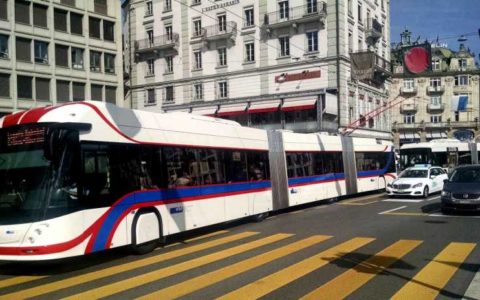Dr. Anastasios Kouvelas | Traffic Engineering and Control
Traffic Control Beyond Modes
Future developments of mobility pass through a phase of complementarity and blending of modes. From this point of view, the potential benefits (i.e. societal, monetary) of mobility management across modes is very interesting. Commuters consider and plan their mobility comprehensively; they have access to multimodal information and routing, and the same should apply to the infrastructure supply side (i.e. traffic-network operators). Most trips use multiple modes of transport, including mobility services; future mobility-management systems should consider inter-layer communication, and their complementarity and co-operation. In fact, most modes are complementary in terms of speed, accessibility, and capacity: for while trains can achieve a high capacity for a restricted set of nodes (stations), cars can connect almost any two points; in addition, in urban areas, active modes such as walking or cycling enable accessing (almost) all places.
The research questions tackled by this project pertain to the controllability of networks under multiple modes and, in particular, establishing upper/lower bounds of the potential benefits of multi-modal mobility control. The questions we tackle in particular are:
a) what systems and technologies are there that can model multimodal traffic control?
b) which approaches have been designed in academia that can tackle control in a multi-modal environment?
c) which technologies and potential futures can be determined in a medium to long-time horizon?
d) which possible test cases can be defined that are able to characterize possible, different futures?
e) what benefits can be defined and quantified that are part of such test cases?








